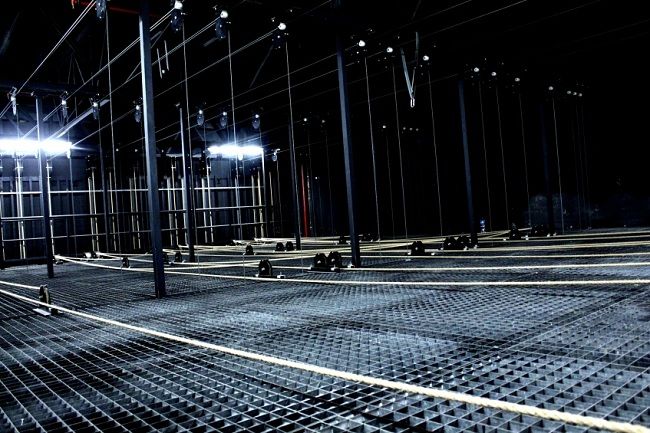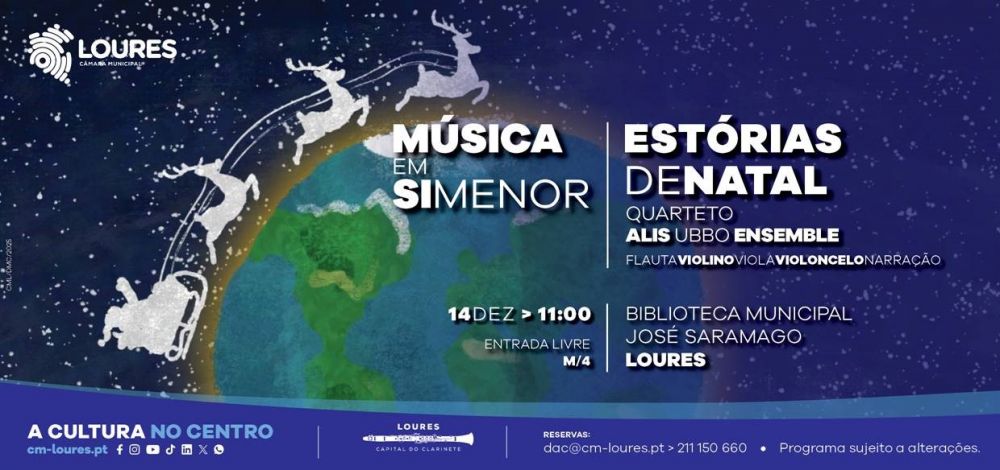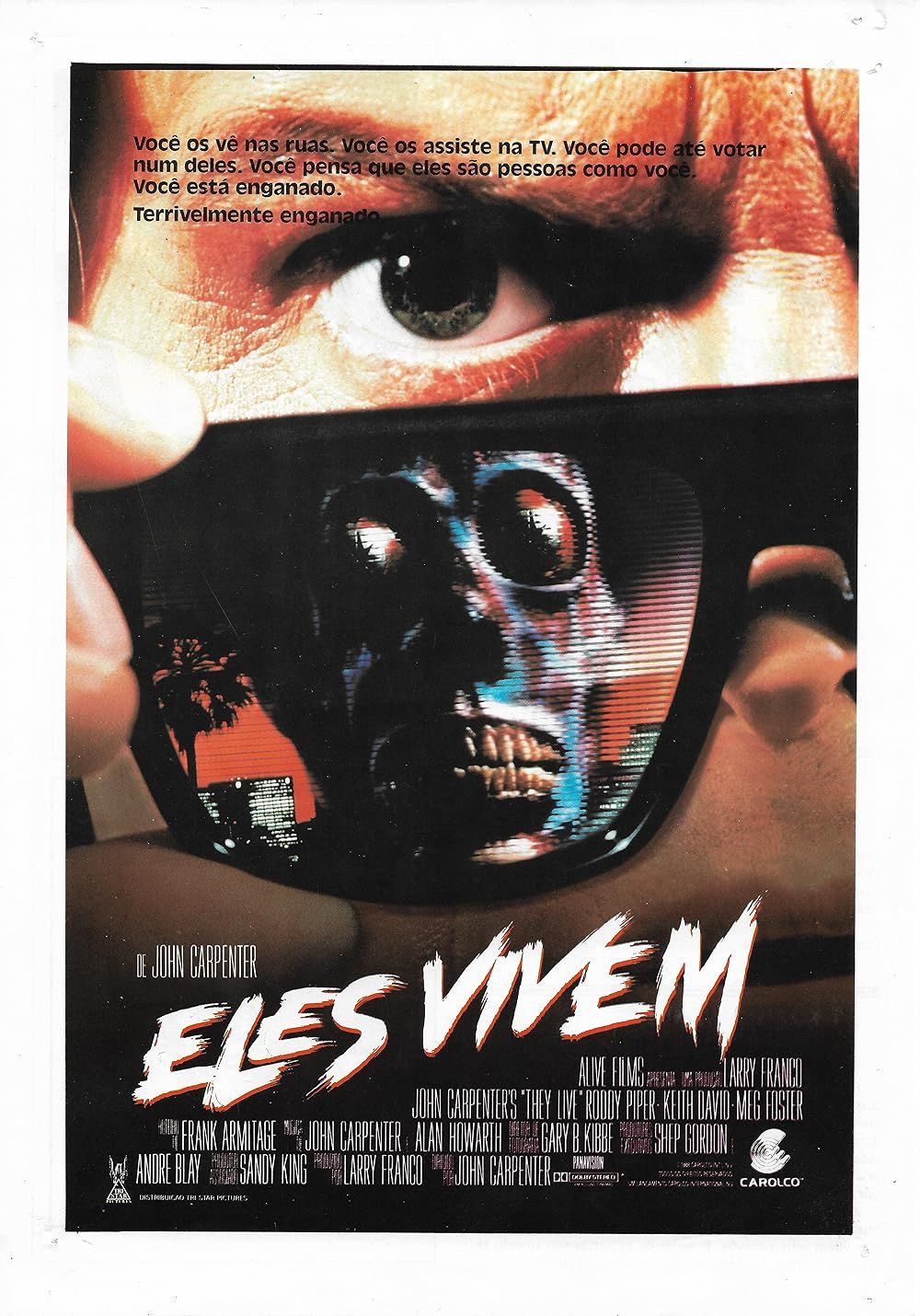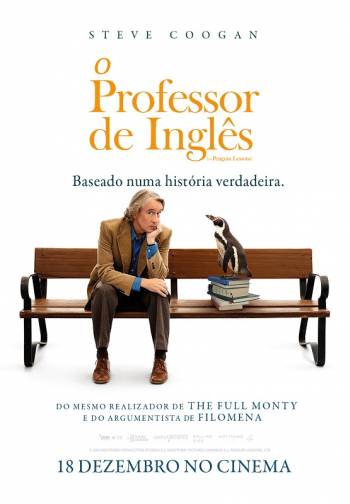Obras de referência da cultura portuguesa
"BENILDE OU A VIRGEM MÃE"
de JOSÉ RÉGIO
Análise de Duarte Ivo Cruz
Tradução: Alexandra Leitão
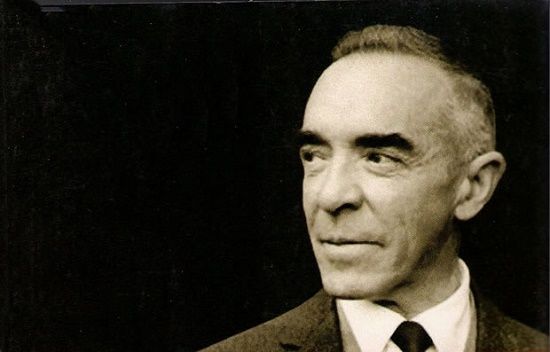
Um dos aspetos mais interessantes do teatro de José Régio é a adaptabilidade a estéticas, algumas inesperadamente vanguardistas para a época, sem com isso deixar a marca pessoalíssima da sua própria estética e do seu pensamento literário e artístico, verdadeira doutrinação que vem pelo menos dos anos 20-30 e da “presença”. Essa é aliás a época e a origem dos primeiros exercícios dramáticos do autor, que sempre alternou a sua copiosa criação poética com afloramentos dramatúrgicos, e esses, repita-se, oscilando entre o realismo, o simbolismo e até certo absurdo percursor da corrente.
A Benilde, publicada em 1947 e “retratada” em 1953 pelo próprio José Régio numa formidável expressão de angústia mística (reproduzida na edição da INCM – 2005) alterna, ela também ou sobretudo, o realismo duro do ambiente e da situação, com o simbolismo dos monólogos da protagonista, onde se revela a profunda deriva da transposição do amor terreno, para uma aspiração a um amor divino que a ambiguidade das soluções possíveis não esclarece por completo. E isto tudo no rigor, entre o poético e o realista, que Régio, a propósito de Patrício, qualificaria de “verbalmente espetacular”.
O “velho solar (…) em qualquer solidão do vasto Alentejo” não surge por acaso: Régio conhece bem esse distanciamento, nele viveu, homem de Entre Douro e Minho habituado à alegria da beira-mar. Viveu e recriou na poesia e na prosa. Ora, não será por acaso que nele situa o drama mais íntimo e mais heterogéneo, entre realismo e simbolismo, da sua dramaturgia. Como não surge por acaso o detalhamento rigorosíssimo das três descrições de cena, caracterizadoras de um ambiente que se quer “sólido”, “sóbrio e severo”, “sombrio”, “grave e soturno”: “esta casa e estes sítios parece que estão povoados e espíritos”…
E é esse o quadro em que Benilde cresce, acompanhada por um pai “misantropo”, uma velha criada, um padre sereno e sólido na fé mas obviamente confuso (estamos ainda por cima em 1947!) e um médico racional mas impotente perante uma realidade que a todos escapa. Porque entre a duvidosa “confissão do primo Eduardo e o transe que os gritos trágicos do vagabundo lhe provocam, a Benilde só tem uma explicação – e essa é a de um misticismo que não se esclarece e que a conduz á morte sem razão física ou científica.
A alternância do realismo pesado e do simbolismo arrebatado concentra-se nos monólogos e réplicas da Benilde, de extraordinária qualidade verbal, de facto, verbalmente espetaculares. Com o sentido teatral do seu próprio ocultismo e da impossibilidade de se apurar uma razão especifica, entre um assédio socialmente correto e remediável mesmo em 1947, uma violação sórdida – ou então, e é o que diz a Benilde, uma ”graça”, um “prodígio” um dos “insondáveis desígnios” anunciado pelas “vozes”.
E para acabar: várias vezes referimos a data de criação da peça – 1947. Pois passados estes exatos 60 anos, se os costumes em tanta coisa mudaram, se o Alentejo é hoje profundamente diferente, o que não mudou foi a modernidade, a atualidade e a qualidade da “Benilde ou a Virgem Mãe” de José Régio.
"BENILDE OU A VIRGEM MÃE" by JOSÉ RÉGIO
One of the more interesting aspects of José Régio’s plays is their adaptability to aesthetics, some unexpectedly advanced for their time, but withal leaving the extremely personal mark of his own aesthetics and his literary and artistic thinking, a true grounding dating back at least from the 1920s and 30s and from the “presence”. That was in fact the time and the source of the writer’s first forays into drama, he who always alternated his copious poetic output with dramaturgical flowerings which oscillated between realism, symbolism and even a certain absurd precursor of the current.
“Benilde”, published in 1947 and “portrayed” by José Régio himself in an extraordinary expression of mystic anguish (reproduced in the 2005 INCM edition), also or perhaps mainly alternates the hard reality of the environment and the situation with the symbolism of the character’s monologues, revealing the profound drift of the transposition of earthly love to the aspiration of a divine love that the ambiguity of the possible solutions does not entirely clarify. All this presented between the poetic and the realistic that Régio, on the subject of Patrício, called “verbally spectacular”.
The “old house (…) in the solitude of the vast Alentejo”, does not appear by chance: Régio knows this distancing, he lived there, the man of Entre-Douro e Minho accustomed to the joy of life by the sea. He lived and he recreated in his poetry and his prose. So, it was not chance that made him set his most intimate and heterogeneous play there, between realism and symbolism, of his dramaturgy. Nor is it chance that provides the strict detailing of the three descriptions of the stage settings, characterizing an atmosphere that must be “solid”, “sober and severe”, “somber”, “grave and gloomy”: “this house and these places seem to be peopled with spirits”…
Benilde grows up in this background in the company of a “misanthropic” father, an old servant, a calm priest who is serene yet solid in his faith but obviously confused (after all, this is still 1947!) and a rational doctor who is impotent in the face of a reality that escapes us all. Between the doubtful “confession of Cousin Eduardo” and the trance caused by the tragic cries of the vagabond, Benilde can find only one explanation – and that is one of mysticism that does not clarify itself and leads to death without any apparent physical or scientific reason.
The alternating heavy realism and striking symbolism concentrate on Benilde’s monologues and lines, which are of great verbal quality, spectacularly verbal in fact. With the theatrical feeling of her own occultism and the impossibility of finding a specific reason between the socially correct harassment which even in 1947 could be remedied, a sordid rape – and it is Benilde who calls it, a “grace”, a “prodigy”, one of the “unfathomable purposes” announced by the “voices”.
We have often mentioned the date of this play, 1947. Exactly 60 years on, whilst customs have changed, whilst Alentejo today is profoundly different, what has not changed is the modernity, the contemporaneity and the quality of “Benilde ou a Virgem Mãe” by José Régio.
Obras de Referência da Cultura Portuguesa
projeto desenvolvido pelo Centro Nacional de Cultura
com o apoio do Ministério da Cultura

 Divulgue aqui os seus eventos
Divulgue aqui os seus eventos
